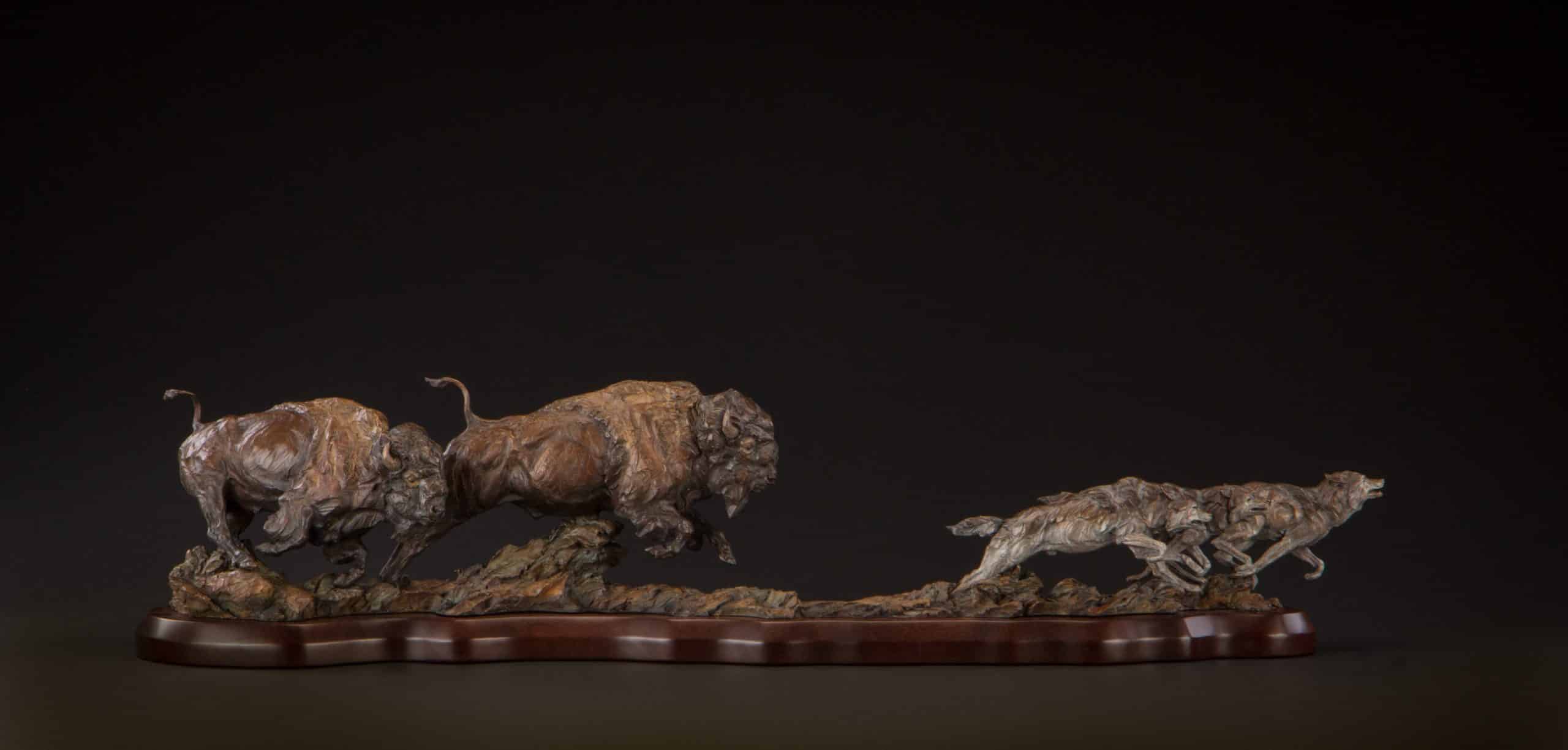Ever wonder where the word “buck” comes from?
In the 18th century, buckskins (deerskins) were often traded as a form of barter.
Ever hear someone say they had to “shell out” money for something?
Hundreds of years ago, Native Americans used shell beads (wampum) as currency.
Most likely at some point in your life, you were “on salary.” That term comes from the Latin word salarium, which means “salt money.” Scholars have long debated one of two possible origins:
Roman soldiers were either paid in salt, which was incredibly valuable back then for its ability to preserve food, or they were paid money to guard the Via Salaria, the ancient road in Italy that brought salt to Rome from the Adriatic Sea.
The history of money is fascinating, and American currency is no exception.
Today’s article is about bills. While we refer to it as “paper money,” the materials used to make bills are actually 75% cotton and 25% linen.
In the early days, they stitched torn bills back together with needle and thread.
Today if one of your bills gets torn, you can usually get it replaced at any bank if you have 51% left.
Here is a rundown from the single to the C-note:
The Single…
It’s the most circulated bill in the U.S. Almost half the bills produced by the Bureau of Engraving and Printing are “singles.” As of 2019, worldwide circulation was 12.7 billion one-dollar bills.
The first one-dollar bill was issued in 1862 as legal tender. The obverse (front) featured Salmon P. Chase, the Secretary of Treasury at the time. Today’s version obviously depicts George Washington.
Paying homage to America’s original 13 colonies on the back, the one-dollar bill features 13 steps in the pyramid, 13 stars above the eagle, and 13 bars on the eagle’s shield. The eagle’s talons hold 13 arrows in one and an olive branch with 13 leaves in the other.
The Fed reports the average lifespan of this bill at 6.6 years before being replaced due to wear.
The Fin…
While we call it a “fiver” today, it was nicknamed a “fin” (German/Yiddish for five) in the late 19th century.
It features Abe Lincoln on the obverse and the Lincoln Memorial on the reverse.
The five spot has a shorter lifespan than the single, lasting 5.5 years before replacement.
The Sawbuck…
That’s the slang term for a ten-dollar bill. These bills used to feature a Roman numeral X, the shape of which resembles a sawbuck device for cutting wood.
Alexander Hamilton, the first Secretary of Treasury, appears on this bill and is unique for three reasons:
First, he is the only left-facing person on U.S. currency.
Second, he is the only person featured on a bill who was not born in the U.S. (or British America), as he hailed from the West Indies.
Third, he is one of only two non presidents on bills (Benjamin Franklin appears on the $100 bill).
The average lifespan of a ten spot is 4.5 years.
The Dub…
Short for double sawbuck, the $20 is the king of counterfeit in the U.S.
Andrew Jackson is on the obverse, and the White House is on the reverse.
Jackson replaced Grover Cleveland on the bill in 1928, coinciding with the 100th anniversary of his election.
Ironically, Jackson opposed paper money and tried to destroy the National Bank during his presidency.
The circulation life of a $20 is 7.9 years.
The Frog…
If you gamble, you avoid the unlucky fifty-dollar bill, known as the frog.
Maybe that’s why it has the lowest circulation of any denomination (besides the rare two-dollar bill).
Ulysses S. Grant appears on the obverse, and the U.S. Capitol is shown on the reverse.
Average life in circulation is 8.5 years.
The Benji…
The hundred-dollar bill is nicknamed after Benjamin Franklin, who appears on the obverse.
The Independence Hall in Philadelphia is on the reverse, making it the only bill in circulation today with an image of a building not located in D.C.
It’s also referred to as a “C-note” because C is the Roman numeral for 100.
A “rack” is a banded $10,000 stack of 100s.
This bill has dubious implications. It’s estimated that 80% of our C-notes are being used in other countries.
In case you’re wondering…yes, it’s largely due to criminal activity.
Final Facts…
The image in the header? The image in the header? It’s the currency established by Lincoln in 1862 to finance the North in the Civil War. Mostly black on the front and all green on the back, it gave rise to the term greenbacks.
By the way, have you heard the old miner’s joke about why greenbacks are more valuable than gold? When you put a greenback in your pocket you double it; and when you take it out again you find it in creases.
And that’s the last of today’s facts about greenbacks.












